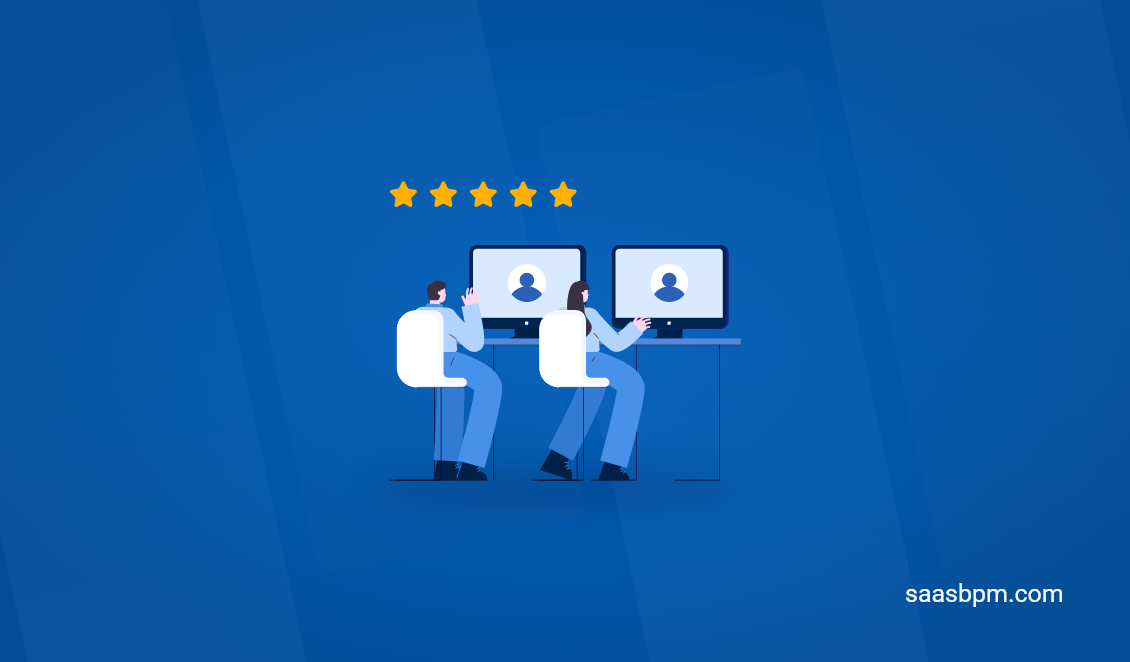Starting your own business is an exciting yet nerve-wracking journey. Acquiring new customers and converting them into buying clients can be tricky, especially if you haven’t tried dabbling in marketing before. Entrepreneurs can face a lot of difficulties including a limited budget, not enough manpower, using weak marketing strategies, and a lot more.
Although there are lots of different ways to boost and improve a business, customer value optimization is a good one to start with. In this article, we will be discussing ways to apply it to your business and how doing so can make your brand stand out from the competition.
What Is Customer Value Optimization?
Customer Value Optimization or CVO is a marketing strategy that focuses on creating an exceptional customer journey that leads to brand loyalty. Its focal point is about giving your leads what they need so they will eventually turn into buying customers.
CVO is not a one-time thing – it is applied all throughout the sales funnel so your patrons will continuously support your brand. Customer behavior evolves over time, and so should your marketing strategies.
How Does CVO Differ from Conversion Optimization?
Customer value optimization and conversion rate optimization are sometimes thought to be the same. While they sound similar, they actually mean two different things in the marketing world.
Conversion rate optimization or CRO is a process that delves into increasing a website’s visitor percentage. It doesn’t stop there though, as the next step is to make sure that the guest will take some type of action on the webpage. Lastly, CRO focuses on turning these leads into buying customers.
As discussed earlier, CVO is mainly focused on creating a sales funnel that will outrun your competitors and keep your loyal patrons from seeking similar products and services elsewhere.
To put it simply, CRO centers on getting new leads and clients, while CVO focuses on giving people a pleasant buying experience so they will turn into loyal and repeat customers.
Here are a few ways on how you can boost your business through customer value optimization:
Measure What Truly Matters
You undoubtedly cannot improve what you do not measure, which is why it is important to implement this first step in your CVO journey. You should know which customers are your best ones and work on targeting them. People who are always visiting your website, liking your posts on social media, opening your email newsletters, and have bought from you in the past are good candidates for CVO.
Make sure you evaluate the following 4 KPIs before applying CVO to your marketing strategy:
1. Average Days Between Transactions
Understanding the data regarding how often a consumer buys from your brand is vital to your CVO strategy. Knowing one’s purchasing behavior can help you determine how to market to them. It will give you a clear idea of when to send emails and messages that can encourage people to purchase from you again.
Getting the data for average days between transactions depends on which platform or CMS you are using. Here is some information on how you can measure repeat purchase rates on WooCommerce, WordPress, Magento, and Shopify.
2. Net Promoter Score
The net promoter score is used to measure customer loyalty. To measure this, simply choose a question to ask your consumers. For example, you can ask them how likely they are to buy from your brand again. Give them a number to choose from, typically between one to ten.
People that give you a score of nine or ten are called “Promoters”, customers who will choose seven or eight belong to the “Passive” category, and individuals that give you a six or below belong to the “Detractors” classification.
Next, take the percentage of “Detractors” and subtract that from the percentage of “Promoters”. The total that you get from that is your Net Promoter Score. According to Bain & Company, a net promoter score of fifty is considered excellent, while anything above eighty is deliberately world-class.
3. Customer Lifetime Value
CLV is defined as the total sum of money that a person will spend on a brand all throughout their lifetime. To measure CLV, multiply the average order total of a customer’s purchase by their average number of purchases by the average retention time in terms of years. The product that you get is the consumer’s CLV.
4. Customer Satisfaction
Measuring customer satisfaction will not only help you maintain your CLV but will also help you with customer retention. Check out this guide by HubSpot on how to properly measure your customer satisfaction rate.
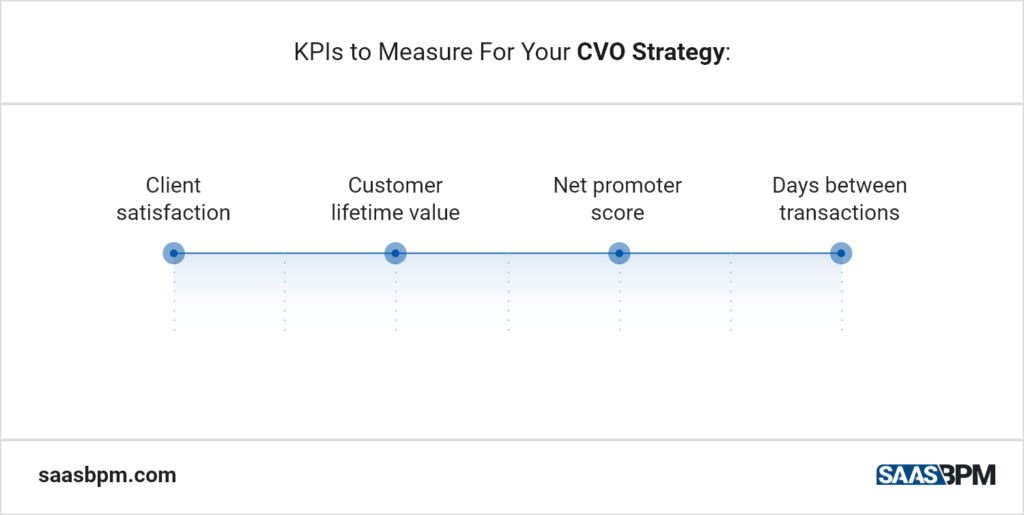
Choose Which Traffic Source to Use
Determine how you can reach your target market and how you can get them to visit your website. Buying traffic through paid ads is all the rage these days. A lot of social media platforms including Twitter, Facebook, Google, LinkedIn, and Pinterest offer paid traffic to businesses. Additionally, other sources of traffic include email marketing, display advertising, content marketing, organic social media, and SEO.
See which platforms your clients frequent and focus on advertising there. It is imperative to choose just one or two platforms to actively use, as using three or more can get overwhelming. You should also make it a point to populate these channels regularly and consistently so your clients will know what to expect and when.
Carefully Plan Your Advertisements
After choosing which traffic sources to use and which customers to target, you should then carefully plan your paid advertisements.
Here are some ways you can earn new leads:
- Google Shopping Ads – Google ads are well-targeted, meaning a higher conversion rate when you use this as your channel for paid ads. These ads will usually appear in the “Shopping” tab on Google. Other search engines such as Yahoo and Bing also offer paid advertisements.
- Branded Search Ads – Branded search ads can also be used to bring customers to your website. When people search for keywords or phrases that are related to your products and services, your ad will appear on the top page of Google (or whichever search engine the person is using). This will help with brand recognition, lead generation, and possible lead conversion.
- Affiliate Marketing – Affiliate marketing refers to collaborating with entrepreneurs in your industry to reach similar audiences. Although, you should make sure that the companies aren’t direct competitors of yours and that you share a common target market.
Form a partnership with these affiliates and ask them to help you get clicks and new leads. It’s a win-win for both companies, plus, it’s cost-effective.
Propose a Lead Magnet
A lead magnet is a process of acquiring new leads and customers by offering irresistible deals in exchange for their contact details. You have to offer something of value to your consumers to encourage them to sign up.
Create a landing page and optimize it to help you convert cold traffic into leads. However, your landing page has to be specific for it to generate leads. It must point out what your customers will receive in exchange for their actions. For example, if you are asking them to sign up for your email newsletter, you could offer them a free course that you know they’d be interested in return. State what type of course they will receive so they’ll be encouraged to give up their contact details.
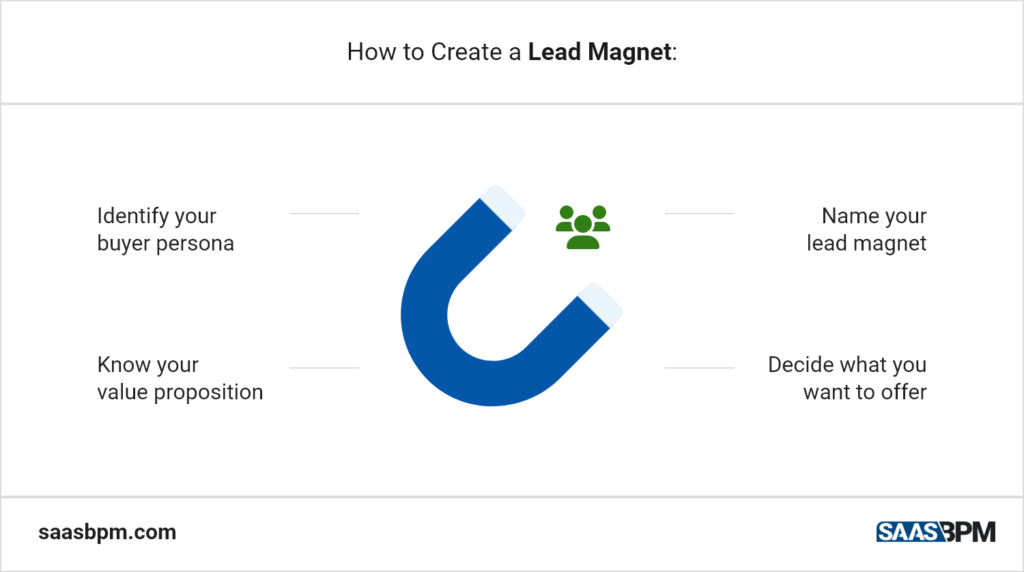
Provide a Tripwire
Once you have built up a good list of possible leads, it’s now time to offer a tripwire to your audience. This step will help you convert the leads to actual buyers.
Tripwire offers have to be irresistible. This is the first time that you will be asking your customers to spend money on your business and thus, you have to make it worth it. The trick to providing a tripwire is selling your product or service at a loss. It might sound counter-productive, but this is actually a great step towards improving your CVO.
A tripwire offer doesn’t have to be too extravagant, though. It can be a trial of one of your best-selling products at a very low price. However, you should make sure that you will provide the full service to the client and not just a limited version of it.
Once you have tempted your leads to spend even just a small amount on your business, you can draw them into buying from you in the future.
Highlight Your Best-Sellers
Encourage your customers to buy from your business by highlighting some of your top-selling products and services. Once you have convinced your consumers to buy a trial product from you, it’s time to offer them something bigger and better.
Give them a core offer and encourage them to try your flagship products. Highlight how this product or service can benefit them and how much value it can add to their lives.
Moreover, you should make sure that you are offering your core products to your warm prospects. Cold prospects are likely to ignore these types of offers since they haven’t tried any of your products yet and buying a higher-priced item might be too much of a commitment for them.
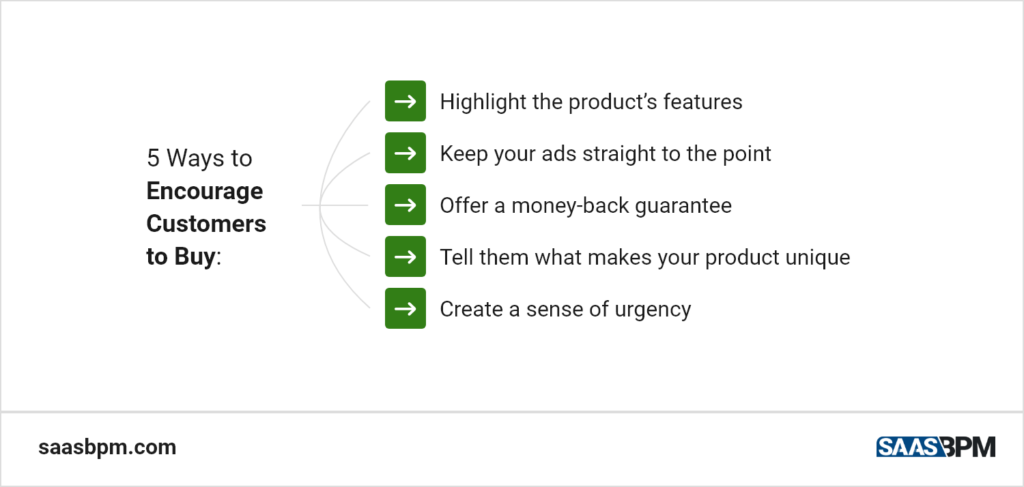
Work on Customer Retention
Now that you have turned your leads into buying customers, it is time to make sure that they will keep on coming back for more. Retain your audience by offering loyalty programs, ad retargeting, and continuous content marketing.
You have your consumers’ contact details, and you should put that to good use by continuously marketing to them. Send them regular newsletters and include the deals that you are offering. Let them know about upcoming products to excite them, and offer early access to loyal buyers.
Other ways to implement customer retention strategies include exit offers, social media ads, targeted blog posts, email marketing, and outbound sales. You should consider these approaches when working towards retaining your existing clients.
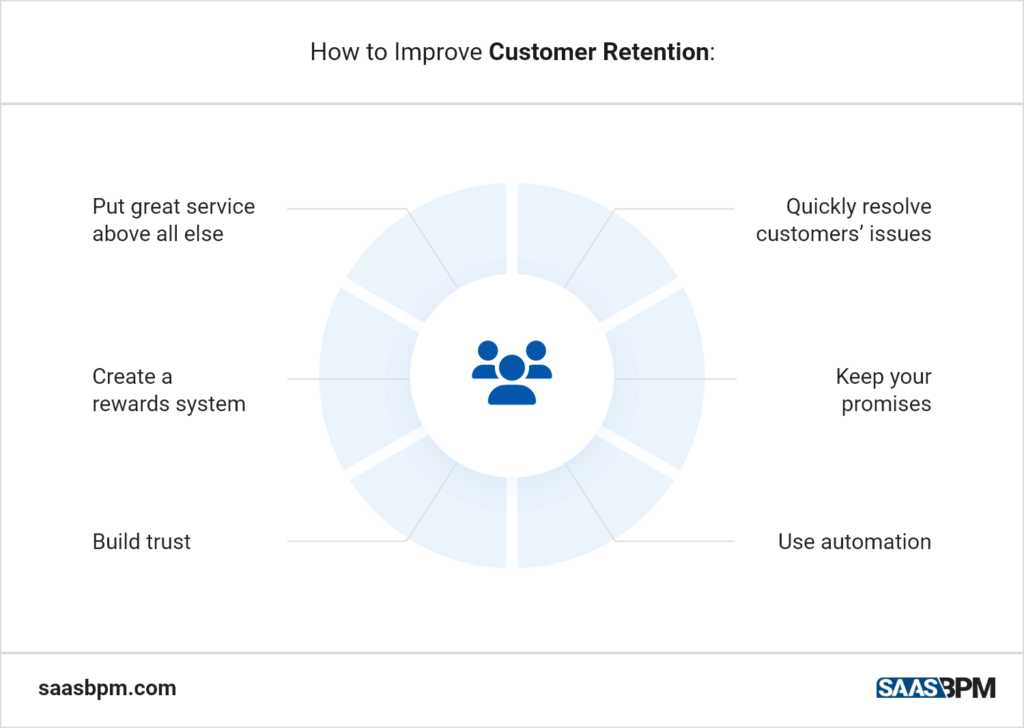
Conclusion
Getting people to notice your brand is just the tip of the iceberg. If you want to start turning leads into buying and loyal customers, then you should try the tips that we have provided above.
Remember that customer value optimization is a continuous process and with proper implementation, you can dramatically change the way your consumers view your brand.

